Nikola Tesla Lived 24 Years Longer Than He Should Have. Did He Solve the Secret to Longevity?
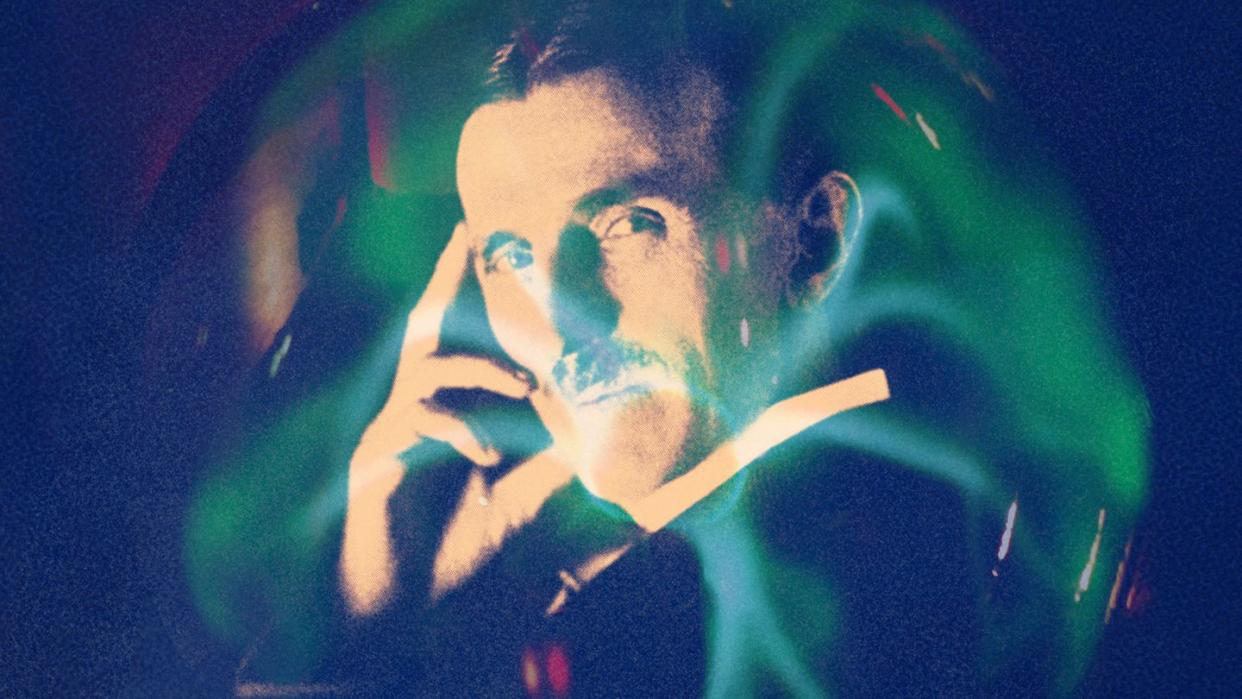
- Oops!Something went wrong.Please try again later.
"Hearst Magazines and Yahoo may earn commission or revenue on some items through these links."
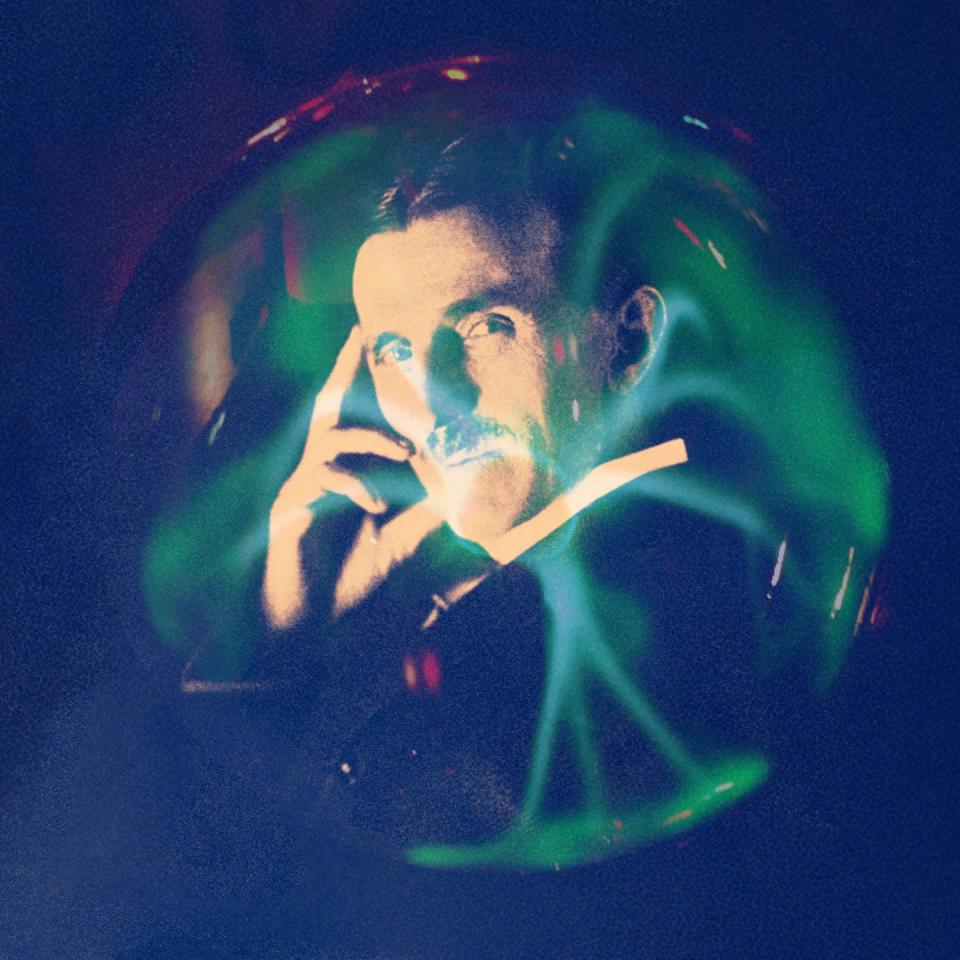
This story is a collaboration with Biography.com.
Amidst the relentless pursuit of longevity, one man stands out for merging cutting-edge ideas with the age-old quest for the fountain of youth: Bryan Johnson.
The millionaire software entrepreneur has garnered attention for his extreme measures to increase his lifespan, spending about $2 million a year trying to make his 46-year-old body look and function as though it were 18 again. Johnson has transformed his anti-aging efforts into “Project Blueprint,” a subscription-based program that, according to the New York Post, costs $333 a month for those seeking their own path to youthfulness.
Of course, this portion of Johnson’s health protocol focuses on nutrition and supplements, like his “$99 ready-to-mix blend of nuts, seeds and berries to make Nutty Pudding,” rather than, say, his reliance on inter-generational blood transfusions. But even these supplements are controversial, with longevity expert Dr. Andrew Steele, the author of Ageless: The New Science of Getting Older Without Getting Old, noting that some of the ingredients could “increase risk of death.”
Vitamin E: Found by a Cochrane review (the gold standard in evidence-based medicine) to *increase* risk of death! https://t.co/cfDO9B8owC
— Andrew Steele (@statto) January 4, 2024
While the secret to immortality remains unsolved, that hasn’t stopped Johnson and other modern longevity experts—authors, geneticists, doctors-turned-podcasters—from providing guidance on how to add years to your life. But long before any of those gurus were even born, a world-famous scientist developed his own longevity protocol that helped him beat the odds and outlive the life expectancy of his time by more than 20 years: Nikola Tesla.
The (Delayed) Death of Nikola Tesla
Nikola Tesla didn’t live forever. The inventor died under-appreciated, alone, and in poverty on January 7, 1943, from a coronary thrombosis, according to Biography.
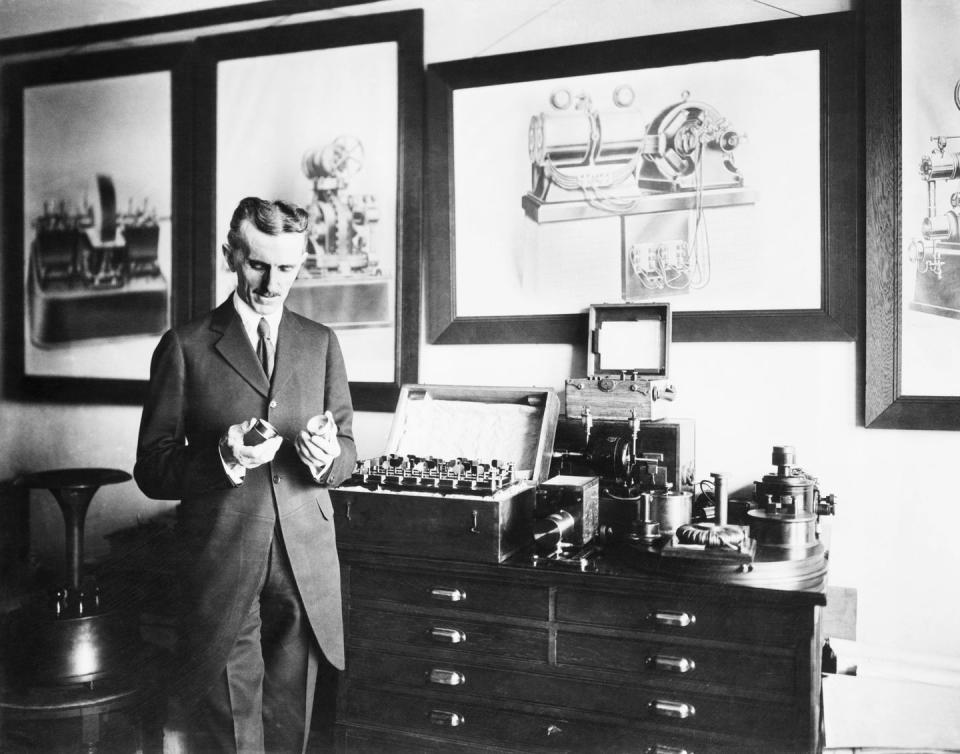
At the time of Tesla’s death, his Wardenclyffe laboratory on Long Island had been foreclosed for nearly 30 years. He lived in the Hotel New Yorker in Manhattan, where his behavior became “increasingly eccentric.” Though he reportedly spent “much of his time to the care of wild pigeons in the parks of New York City,” Tesla also tried to develop a “death ray” at the encouragement of the Soviet Union, which naturally drew the attention of the FBI.
But while the idea of a great mind squandered on feeding birds and fueling a war machine reads as tragic, there’s a remarkable element to the circumstances of Tesla’s death. Namely, his age.
Nikola Tesla died at 86 years old, a notably ripe old age compared to 1943’s average American life expectancy of just 62.4 years. Even considering the life expectancy in his original homeland, now known as Croatia, which was around 65 years as late as 1960, Tesla’s longevity was quite an achievement.
The Foundational Years of Nikola Tesla
Considering Tesla’s early years in the village of Smiljan were filled with death (including that of his older brother, Dane, when Nikola was only 5), military conscription, and disease, it would be impressive had Tesla even reached the average age at which a man of his time had died. Yet, it was these early brushes with death that spurred Tesla’s determination to tackle aging with the same methodical approach he applied to his scientific inventions.
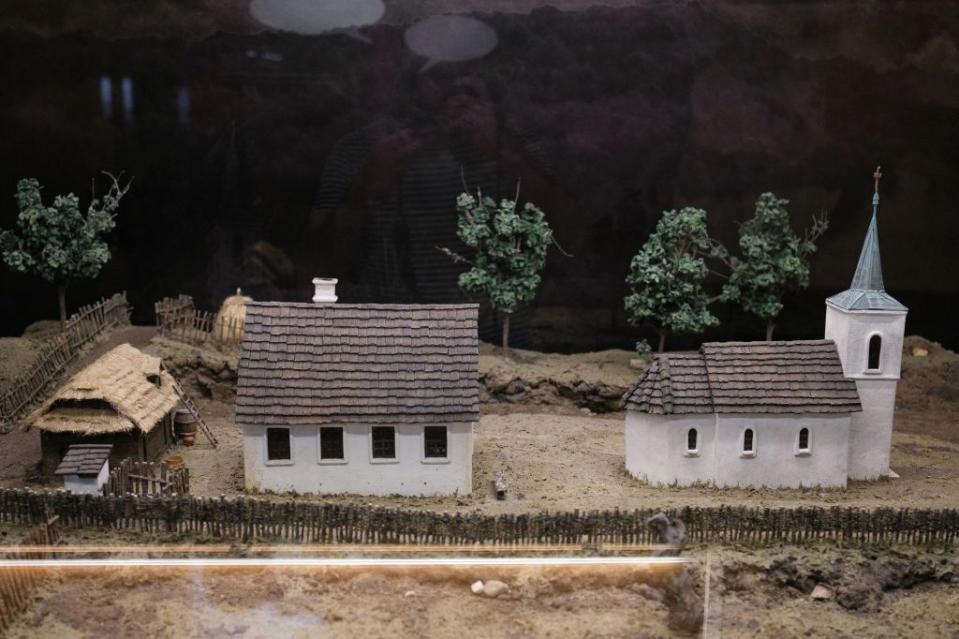
As Biography notes, Nikola’s father, Milutin Tesla, was a Serbian orthodox priest who strongly urged his son to follow in his footsteps. However, this pressure only drove Nikola to seek answers beyond the Bible. And at least once, that pursuit of knowledge came at great personal cost.
In a portion of Nikola’s autobiography, My Inventions, Tesla describes a confluence of his scientific curiosity and innate desire to defy his parochial patriarch:
“Just as I was making ready for the long journey home I received word that my father wished me to go on a shooting expedition. It was a strange request as he had been always strenuously opposed to this kind of sport. But a few days later I learned that the cholera was raging in that district and, taking advantage of an opportunity, I returned to Gospic in disregard of my parents' wishes. It is incredible how absolutely ignorant people were as to the causes of this scourge which visited the country in intervals of from fifteen to twenty years. They thought that the deadly agents were transmitted thru the air and filled it with pungent odors and smoke. In the meantime they drank the infected water and died in heaps.”
Tesla “contracted the awful disease” on the very day he arrived home, and it rendered him bedridden for nine months. But while he was sick, he cleverly capitalized on his father’s worry to steer his future toward his true passion. Lying ill, he suggested to Milutin that his recovery hinged on being allowed to pursue engineering. Reflecting on this moment, Tesla recalls in his memoirs his father’s grave promise: “You will go to the best technical institution in the world.”
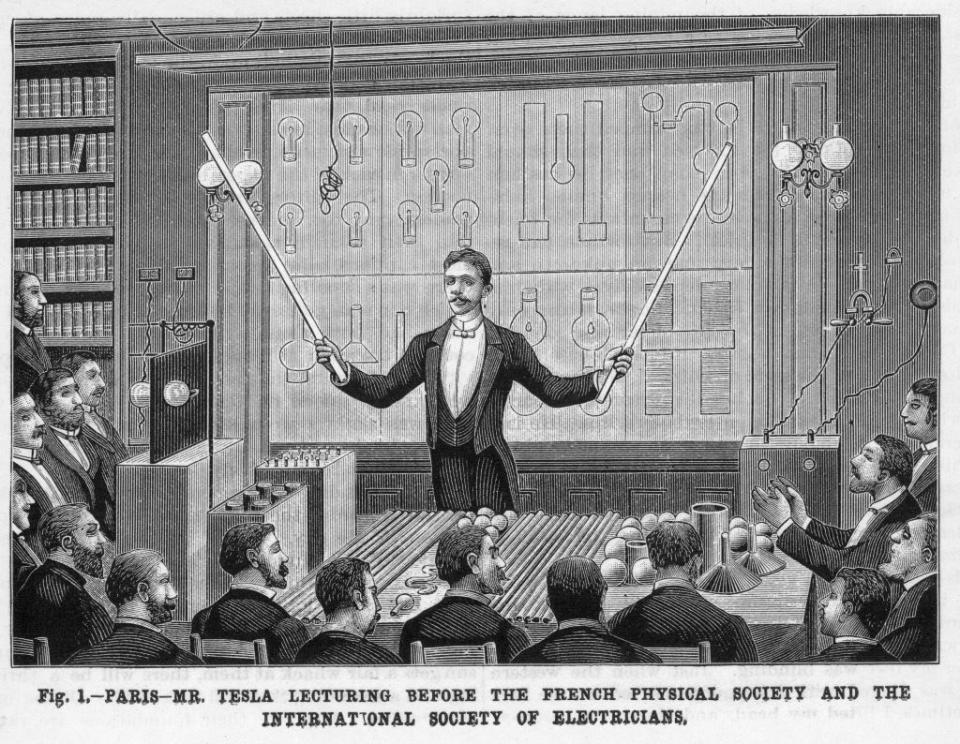
Indeed, the young Tesla attended several prestigious technical institutions, including the Realschule in Karlstadt, Germany; the Polytechnic Institute in Graz, Austria; and the University of Prague. He initially moved to Budapest, but after his ideas, like the induction motor, didn’t catch on, he relocated to the United States. It was there that he invented a slew of technologies, such as “radar technology, X-ray technology, remote control and the rotating magnetic field.”
Tesla’s early illness also sparked another passion: understanding and maintaining his own body as if it were one of his intricate machines. As he told writer George F. Corners in a 1935 interview for Physical Culture magazine, “I look upon the human body as a machine, and I treat it with the respect which a machine deserves. I keep it properly oiled and properly cleaned, and I see to it that it has no opportunity to gather rust.”
That 1935 interview provides the most detailed view into the health habits and strategies that contributed to Nikola Tesla living more than 20 years longer than his contemporaries.
How Nikola Tesla Tried to Live Forever
In March 1935, Physical Culture ran a feature titled, “NIKOLA TESLA’S YOUTH AND STRENGTH AT 78.” Eight years before his death, Tesla told his interviewer, “Lacking but two years of eighty, I am as fit today as I was at twenty.”
Physical Culture was founded by a man named Bernarr Macfadden, who was, in a sense, America’s first fitness influencer. He promoted his health philosophies, emphasizing diet and physical activity, along with unconventional practices such as fasting and non-procreative sexual activity.
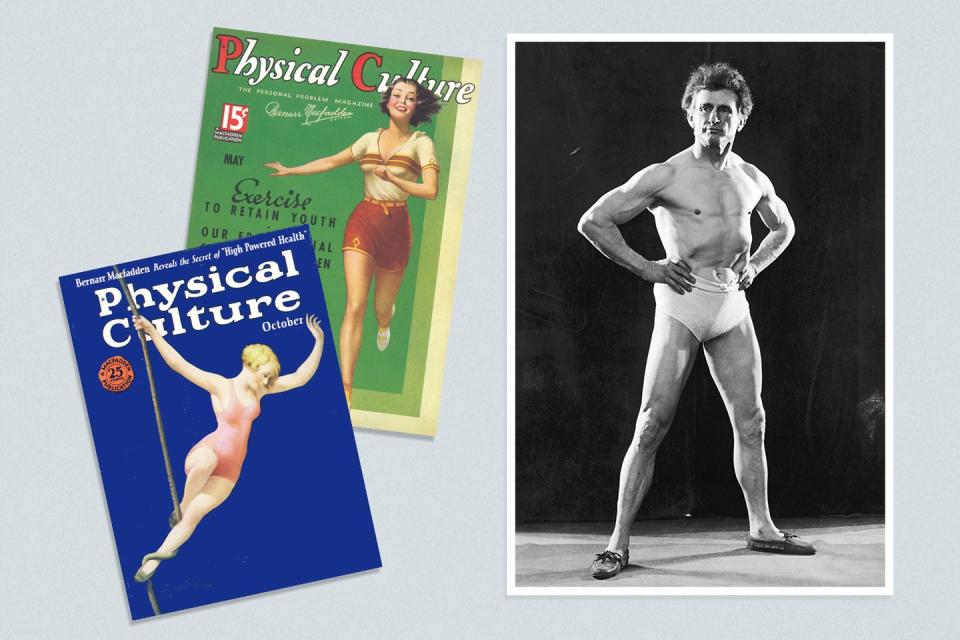
Macfadden’s “healthatoriums” gained popularity in the U.S., promoting exercise to the public. However, his more ambitious projects—establishing a “Physical Culture City” in New Jersey and trying to start a fitness-based religion called “Cosmotarianism”—later relegated him to the margins of American health history.
Macfadden launched Physical Culture in 1899, the same year Tesla published one of his own theories on health: “High Frequency Oscillators for Electro-Therapeutic and Other Purposes.” Was it destiny that brought the prolific inventor and the fitness publication together? Or was Physical Culture simply the only journal willing to document the eccentricities of a distinguished man who had become fixated on caring for New York’s pigeons?
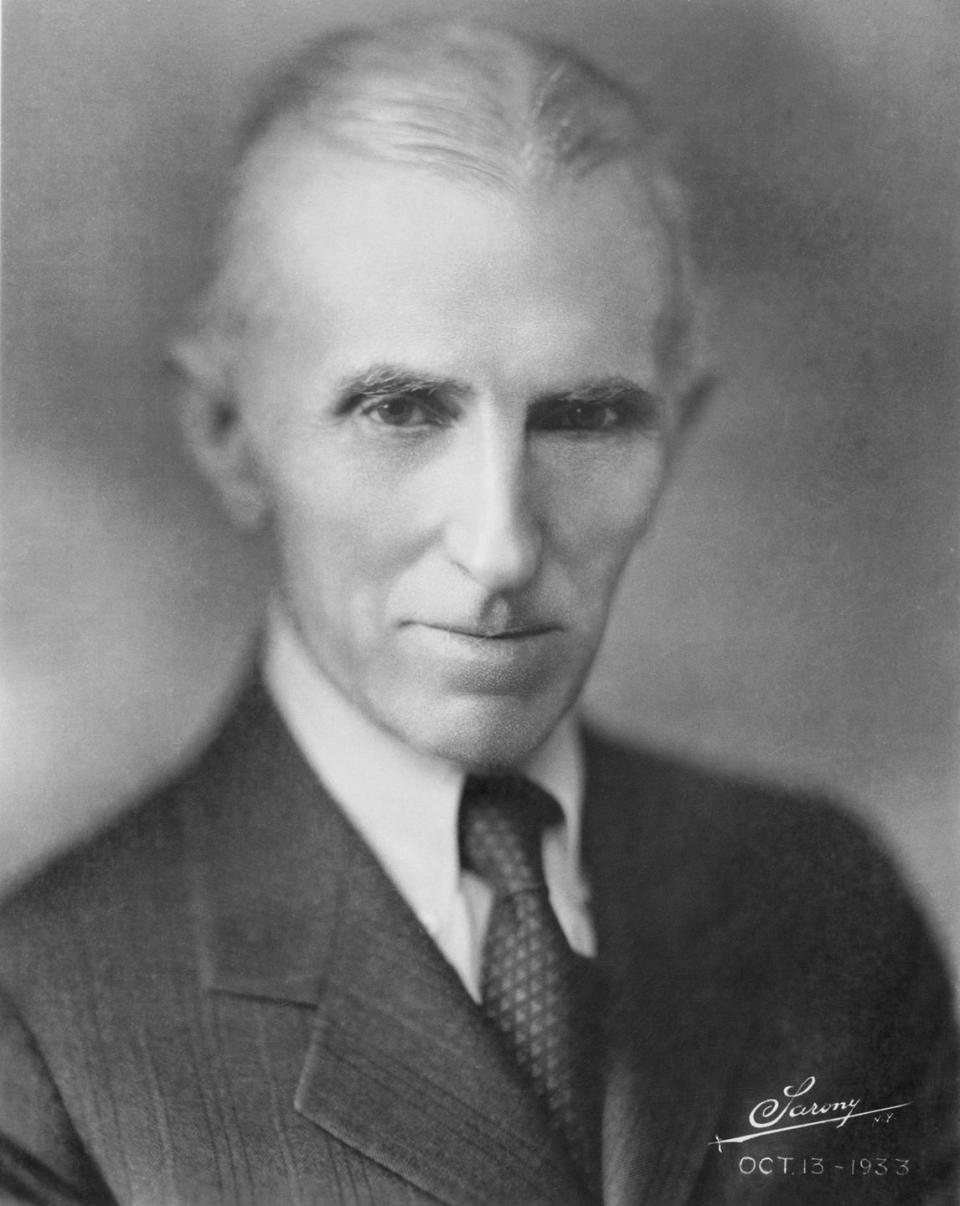
Regardless of the cause, this obscure interview from Tesla’s final years reveals that certain aspects of his wellness regimen align with contemporary longevity strategies, while others might be more suitably consigned to the annals of vintage periodicals.
Nikola Tesla’s Longevity Secret #1:
Eat Two Meals a Day
“The physical law which divides twenty-four hours into day and night also divides man’s life into two periods—one in which he lives and another in which he rests,” Tesla told Corners. “This in itself seems to indicate the desirability of two meals a day in unison with the world rhythm—one meal to give us energy for the day’s work, another to supply the body with the material with which it will replenish itself during sleep.”
Tesla insists he had “...tried everything—six meals a day, like most Europeans; three a day, one a day; I have tried continuous feeding.” Ultimately, “I decided that two meals are most beneficial.”
When Corners inquired about the timing of Tesla’s meals according to his “gastro-culinary scheme of existence,” Tesla responded:
“We should take breakfast two hours before we start to work, and we should rest two hours afterward. If a man has his breakfast between seven and eight, he should begin work at ten, work continuously for five or six hours, which would mean that his work day ended at three or four; then he should go home, and devote several hours to recreation, rest and exercise, and take his final meal between seven and eight at night.”
While modern longevity specialists may not dismiss lunch as “futile in the economy of the human body” as Tesla did, his approach does appear to echo today’s concept of intermittent fasting, with its emphasis on time-restricted eating.
Though research touts potential advantages of intermittent fasting, there are also documented risks and drawbacks. As Peter Attia suggests in Outlive: The Science of Art and Longevity, “One not uncommon scenario that we see with [time restricted eating] is that a person loses weight on the scale, but their body composition alters for the worse: they lose lean mass (muscle) while their body fat stays the same or even increases.”
Nikola Tesla’s Longevity Secret #2:
Eat Plenty of Protein and Fat
“Every meal should have some protein and fat,” Tesla suggested in Physical Culture. “The one for building, the other for burning. Protein builds, fat is a fuel.”
Tesla wasn’t much of a carnivore, insisting, “I eat meat only at rare intervals, possibly only once or twice a year.” Instead, he turned to legumes (“A large amount of protein is contained in pulses or leguminous products, beans, peas, lentils, etc.”), vegetables (“Vegetables are indispensable to any diet”), and fruits (“Fruit, too, is an essential part of any well-regulated diet”).
That lines up with a 2022 study from the University of Borgen, which says, “...the optimal diet is one of legumes, whole grains, nuts, vegetables, and fruit.”
Tesla’s food choices got even more granular. “Another excellent ingredient for food is the white of an egg,” Tesla said, anticipating the “no-yolk” trend by several decades. “The yolk contains iron and vitamins which are good, but also uric acid, which I avoid as much as possible.”
Tesla even anticipated our current dairy vs. non-dairy milk debate, while throwing some shade at a fellow industrialist:
“I believe with Bernarr Macfadden in the miracle of milk. There are two hundred and sixty grains of protein in one pint of milk. It is easily assimilated. Mr. [Henry] Ford, unlike Mr. Macfadden, does not believe in milk. He feels it should be artificially manufactured. Unlike Ford, I believe in milk. Ford should take to milk if he wants to turn out more millions of his 'Lizzies.'”
Nikola Tesla’s Longevity Secret #3:
Walk 10 Miles Every Day
“The most stimulating activity, to my mind, is walking,” Tesla proclaimed. “I walk never less than ten miles a day. This has kept me in good health, but it may in the end lead to my destruction, because I am a confirmed jay-walker.” (Interestingly, jaywalking had only recently been deemed illegal when Tesla mentioned it.)
Research supports the health benefits of walking. A study from the Journal of the American Medical Association Network Open says people who walked 8,000 or more steps at least once a week had a lower risk of death over the span of a decade compared to those who walked less. But 10 miles a day is excessive, the study suggests, because the “...protective effect of 8,000 daily steps plateaued at three days a week.”
Nikola Tesla’s Longevity Secret #4:
No Cigarettes, Coffee, or Sex
Tesla was a man of few vices, purposefully quitting, or entirely abstaining from, anything he thought detrimental to his health. For example, Tesla told his interviewer that he was “strongly addicted to coffee” to the degree that “my heart was subjected to a dangerous over-strain.” So, he cut it out, calling caffeinated drinks “rank poisons.”
Tesla shared comparable thoughts on smoking, recalling, “I did smoke quite a bit, but around the age of twenty, I pledged to quit and indeed, that was the last cigar I had.”
Tesla’s discipline wasn’t limited to just coffee and cigarettes. As a bachelor, unlike contemporaries Thomas Edison and Guglielmo Marconi, he faced questions about his celibacy. While acknowledging the significance of sex in human life, Tesla said he preferred to be “wedded to science.”
“Before I produced the rotating magnetic field, I concentrated all my powers upon my experiment. The strain would have killed a hundred oxen. I certainly could not have survived it if I had permitted my energies to be diverted into the channels of sex.”
Tesla also gave up alcohol, but only because of the Eighteenth Amendment: “Since prohibition was enacted, I have not touched a drop,” Tesla said.
Surprisingly, Tesla actually felt booze was beneficial to him. “Alcohol has helped me a great deal in my life,” he claimed, even suggesting his sobriety was shortening his lifespan. “I had previously expected to live 150 years,” he told Physical Culture. “Now that I have given up alcohol, I have reduced my expectancy of life to 135 years.”
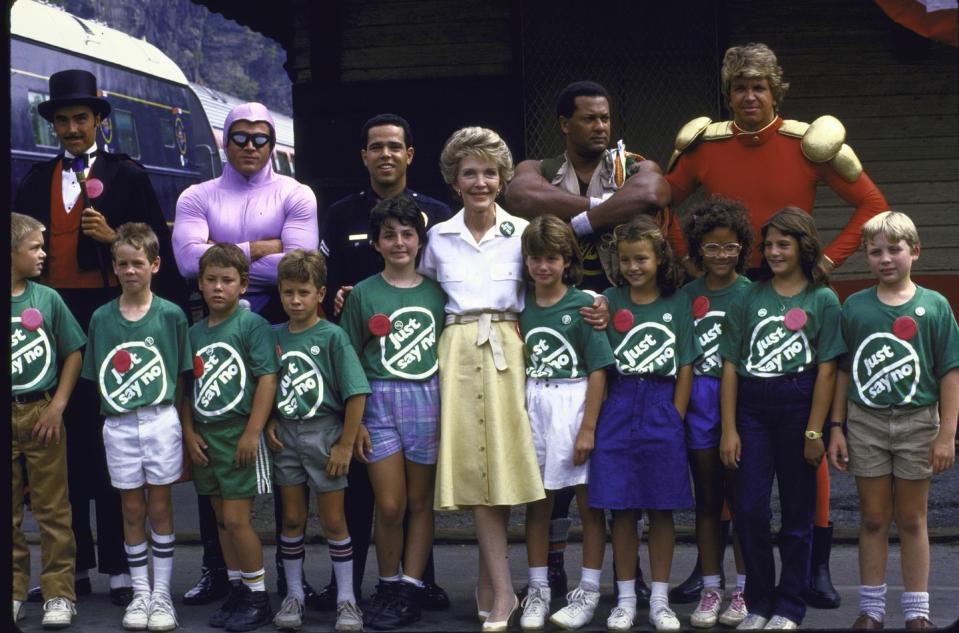
Avoiding tobacco has obviously proven to be the right call, as you won’t find many doctors telling you to start smoking for your health (but that wasn’t always the case).
Regarding celibacy, research indicates Tesla may have needed to go a bit farther in his commitment to the cause, as studies suggest eunuchs generally live longer. According to Richard Munson’s biography, Tesla: Inventor of the Modern, Tesla’s avoidance of sexual activity was likely more about his fear of disease, influenced by the cholera epidemics he experienced, rather than a focus on his work.
And if you’re choosing between whether to drink a coffee or a beer, don’t base your decision on what Tesla would do. A 2018 study in JAMA Internal Medicine indicates coffee consumption “was associated inversely with all-cause mortality, including in those drinking at least 8 cups per day.”
As for booze’s health benefits, some studies tout its virtues. But in a GQ lifestyle interview reminiscent of Tesla’s 1935 interview, David Sinclair, a Harvard longevity expert, offered a dose of reality. Once a proponent of a diet rich in red wine and cheese, Sinclair has now abandoned alcohol altogether, citing new research showing that even moderate consumption can impact brain health.
Nikola Tesla’s Longevity Secret #5:
Bathe in Electricity
When you think of Nikola Tesla, you think of electricity. And so did his interviewer. “It seems curious,” Corners asked Tesla, “that you, who are one of the master minds in electricity, do not use it to recharge your own energies.”

And that’s what prompted Tesla to reveal his most... unique longevity strategy: “waterless baths.”
“I believe in what may be called a waterless bath, by which I mean charging of the body to a very high electric potential. It is a bath of fire that rebuilds, rejuvenates, cleans, and exhilarates. It carries off instantly all dust, impurities and microbes, and stimulates the tips of the nerves. While in the bath the body is surrounded by a halo of light, plainly visible in the dark. I am now working on an apparatus which will make this electric bath safe and economically possible, even for a person of average means.”
So... just so we’re all clear here:
Do NOT electrocute yourself in lieu of a bath.
Do NOT electrocute yourself in an attempt to live longer.
Intentionally subjecting yourself to an electric shock, whether in a bathtub or any other setting, based on the claim of an inventor from 90 years ago—who met his end, by the way, in a hotel room while attempting to construct a death ray—that it would eliminate dust is an extremely unwise action, and we *strongly* advise against it.
Want to live forever? Then sure, feel free to consider other guidance offered by Nikola Tesla, such as enjoying a stroll, moderating your snack intake, or even embracing celibacy if you choose. Just keep the wires out of the bathtub, okay?
You Might Also Like

